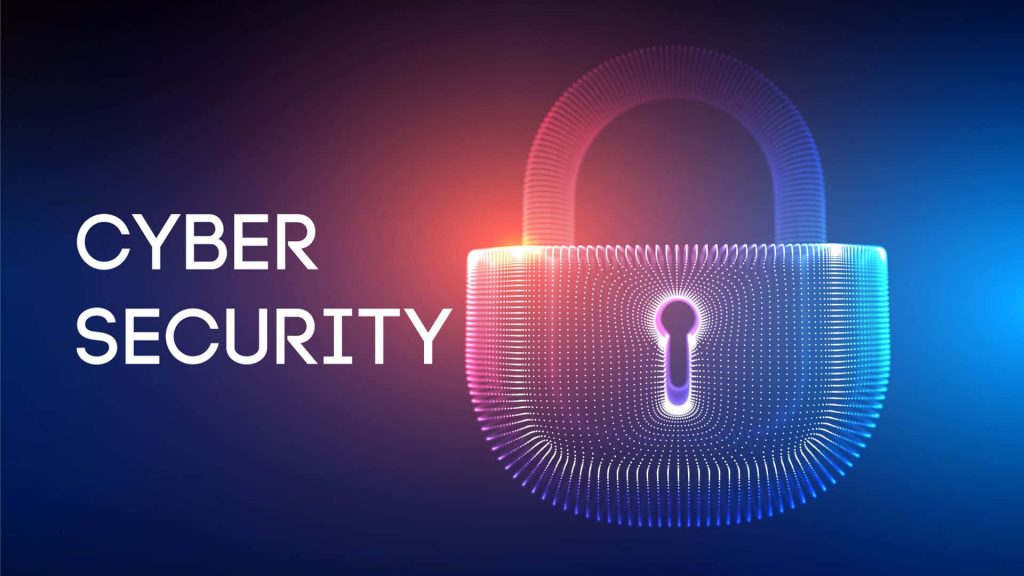
Cybersecurity for Remote Workers How to Stay Safe While Working From Home
Table of Contents
- Introduction
- Why Cybersecurity for Remote Work Matters
- Understanding the Threat Landscape
- Common Cyber Threats Facing Remote Workers
- Securing Home Networks
- Using Strong and Unique Passwords
- Importance of Two-Factor Authentication (2FA)
- Best Practices for VPN Use
- Keeping Software and Systems Updated
- Antivirus and Antimalware Protection
- Managing Personal and Work Devices Separately
- Avoiding Public Wi-Fi and How to Use It Safely
- Email Security and Phishing Awareness
- Secure File Sharing and Cloud Storage
- Using Encrypted Communication Tools
- The Role of Endpoint Security
- Insider Threats and Human Error
- Security Awareness Training for Remote Employees
- Backing Up Data Regularly
- Mobile Device Security
- How to Set Up a Secure Home Office
- Role of Employers in Remote Work Cybersecurity
- Creating a Cybersecurity Policy for Remote Teams
- Legal and Compliance Considerations
- Incident Response Plans
- Role of Cyber Insurance for Remote Work
- Monitoring and Logging Remote Access
- Case Studies of Cyberattacks on Remote Workers
- Future Trends in Remote Work Cybersecurity
- Final Thoughts and Recommendations
- SEO Tags
1. Introduction
The remote work revolution, driven by technology and accelerated by global events such as the COVID-19 pandemic, has transformed how we approach our professional lives. While this flexibility brings numerous advantages, it also introduces unique cybersecurity challenges that organizations and individuals must address. This comprehensive guide explores how remote workers can stay safe online, protect sensitive data, and maintain organizational integrity from home.
2. Why Cybersecurity for Remote Work Matters
Remote work opens up more points of vulnerability. Employees are no longer protected by centralized office security systems. Hackers often target home networks, personal devices, and untrained users to exploit weaknesses. Therefore, cybersecurity for remote work is not a luxury—it’s a necessity.
3. Understanding the Threat Landscape
The digital world is rife with threats targeting remote workers. These include phishing attacks, ransomware, spyware, unsecured Wi-Fi networks, and social engineering tactics. Understanding these threats is the first step toward effective protection.
4. Common Cyber Threats Facing Remote Workers
- Phishing Emails: Mimic legitimate companies to steal login credentials.
- Ransomware: Locks your files and demands payment for release.
- Man-in-the-Middle Attacks: Intercept data over unsecure networks.
- Social Engineering: Tricks users into revealing confidential information.
- Credential Stuffing: Uses stolen credentials from one service to access others.
5. Securing Home Networks
- Change the default router password.
- Use WPA3 encryption on Wi-Fi.
- Disable WPS (Wi-Fi Protected Setup).
- Set up a guest network for visitors.
6. Using Strong and Unique Passwords
Passwords should be complex, lengthy, and different for each account. Consider using a password manager to generate and store them securely.
Tips for Passwords:
- Use 12+ characters.
- Mix upper/lower case letters, numbers, and symbols.
- Avoid dictionary words and personal info.
7. Importance of Two-Factor Authentication (2FA)
2FA adds an extra layer of security by requiring a second form of identification—typically a code sent to your mobile device—before accessing an account.
Examples of 2FA Methods:
- SMS-based codes
- Authenticator apps (Google Authenticator, Authy)
- Hardware tokens (YubiKey)
8. Best Practices for VPN Use
A Virtual Private Network (VPN) encrypts your internet traffic, making it more difficult for hackers to intercept your data.
VPN Tips:
- Choose a reputable VPN provider.
- Avoid free VPNs with limited security.
- Enable auto-connect and kill-switch features.
9. Keeping Software and Systems Updated
Regular updates patch known vulnerabilities. Ensure your operating system, software, and browser extensions are always current.
10. Antivirus and Antimalware Protection
Install and regularly update antivirus software. Many modern tools offer real-time scanning, firewall management, and web protection.
11. Managing Personal and Work Devices Separately
Mixing personal and work activities on the same device increases risk. Use dedicated work devices or separate user profiles.
12. Avoiding Public Wi-Fi and How to Use It Safely
Public Wi-Fi is inherently insecure. If you must use it:
- Connect via VPN
- Avoid accessing sensitive data
- Turn off sharing settings
13. Email Security and Phishing Awareness
Remote workers should:
- Verify sender details before clicking links
- Avoid downloading suspicious attachments
- Use email filtering and anti-phishing tools
14. Secure File Sharing and Cloud Storage
Use platforms that offer end-to-end encryption, such as:
- Google Drive with access control
- Dropbox with two-step verification
- OneDrive with advanced threat protection
15. Using Encrypted Communication Tools
Use secure messaging and video conferencing apps like:
- Signal
- Zoom with encryption enabled
- Microsoft Teams with compliance settings
16. The Role of Endpoint Security
Endpoint security protects individual devices with features like antivirus, firewall, device control, and encryption.
Recommended Tools:
- Bitdefender GravityZone
- Symantec Endpoint Protection
17. Insider Threats and Human Error
Many breaches result from careless employees. Encourage vigilance and clear reporting procedures.
18. Security Awareness Training for Remote Employees
Provide regular training covering:
- Identifying phishing attempts
- Safe browsing practices
- Secure document handling
19. Backing Up Data Regularly
Use automated backup solutions and store data in:
- Encrypted external drives
- Secure cloud services
20. Mobile Device Security
- Enable screen locks
- Install remote wipe apps
- Update OS regularly
21. How to Set Up a Secure Home Office
Checklist:
- Ergonomic furniture
- Cable management
- Lockable file cabinets
- Surge protectors and UPS
22. Role of Employers in Remote Work Cybersecurity
Employers should:
- Provide secure tools and platforms
- Offer cybersecurity training
- Enforce security policies
23. Creating a Cybersecurity Policy for Remote Teams
Your policy should include:
- Device use guidelines
- Data handling rules
- Remote access procedures
24. Legal and Compliance Considerations
Ensure compliance with regulations like:
- GDPR (EU)
- HIPAA (US)
- CCPA (California)
25. Incident Response Plans
Every team should have an incident response plan detailing:
- Reporting channels
- Containment procedures
- Communication strategy
26. Role of Cyber Insurance for Remote Work
Cyber insurance can cover:
- Data breach costs
- Legal fees
- Reputation damage
27. Monitoring and Logging Remote Access
Track access to sensitive systems and analyze logs for unusual behavior. Use:
- SIEM (Security Information and Event Management)
- Endpoint Detection and Response (EDR)
28. Case Studies of Cyberattacks on Remote Workers
Example 1: An employee clicked on a phishing link, leading to a ransomware attack. Example 2: A company lost data due to unsecured file sharing. Lesson: Awareness and proactive security measures can prevent these scenarios.
29. Future Trends in Remote Work Cybersecurity
- AI and machine learning for threat detection
- Zero Trust Architecture
- Biometric authentication
- Increased regulation and compliance demands
30. Final Thoughts and Recommendations
Cybersecurity for remote workers is a shared responsibility. Employers must provide secure infrastructure, and employees must adopt best practices. Together, they can create a resilient remote work environment.



